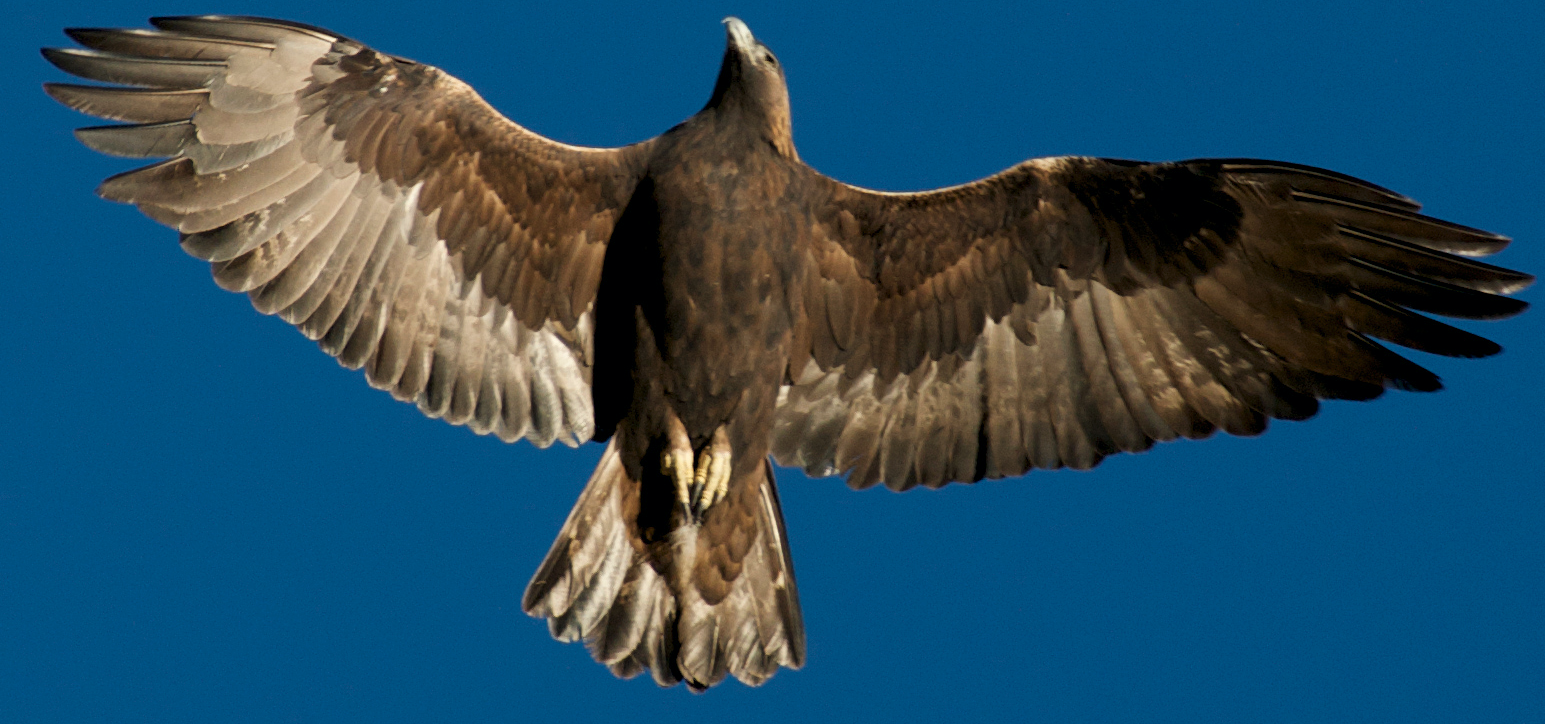Week 41: Birdwatching



a baby owl and two baby mocking birds
Birdwatching and math go hand-in-hand. There are statistics on populations, migrations, observations, and so much more. One of the ways to get in touch with nature is to become aware of the birds that frequent your home and walkabouts.

Birdwatching gets us to access so many areas of our mathematical minds. We see a size, color, shape, or feather, and we start to put the puzzle together to identify what species. Some may use their ears and hear the minor differences in calls and trills to know what is around them and what to look for. This problem-solving activity is so mathematical in nature.

This week, I encourage learners to bring their senses to their windows, backyards, and trails to put the pieces together to identify the flighty, feathery friends that we have all around us. I recommend having a bird book (The Sibley Guide to Birds, 2nd Edition – please get it from a local store), and also using Cornell’s Lab of Ornithology. The Cornell Lab will let you track your birds, see what’s in your area, and let you contribute to the birding community.
Here are some of the math activities that you can add to your bird watching:
- Do a frequency chart for times of day vs. number of birds observed. (This would be many days or months of data that you could keep at a window or table at home.)
- Try to find the rhythm of some of the bird calls that you hear and keep a journal.
- Read up on your favorite birds, their stats, and behaviors, and see if you can observe what you read (ex: Crows have a long childhood that may contribute to their intelligence. We have been observing baby crows play with sticks in our bird bath and try to use them as tools).
- Be a scientist and record observations. Learners may find that they observe something new and interesting to share.
- Draw/sketch the geometries of the various shapes and sizes of birds. You could do this in the different categories of birds (raptors, thrushes, shorebirds, etc.).
- Map the migration patterns of birds that you see. (ex: We love seeing our Townsend Warblers come in, and we love to think about where they are off to when they leave.)
- My daughter had the wonderful idea of plotting, sketching, and observing the flight patterns of birds (rollercoaster, gliding, soaring, diving, etc.). This is a great art project idea.

